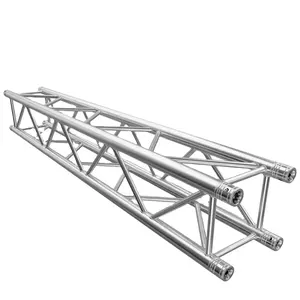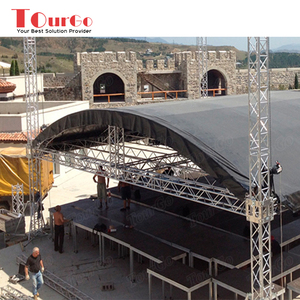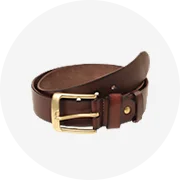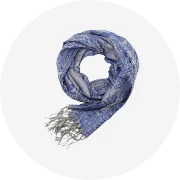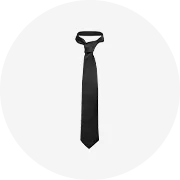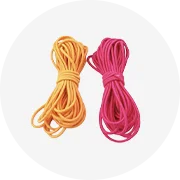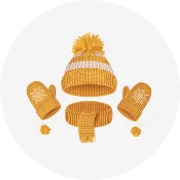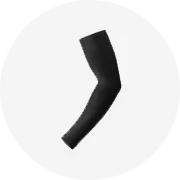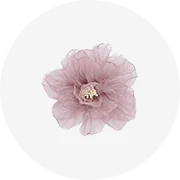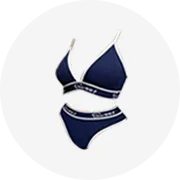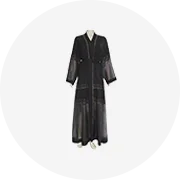About products and suppliers
Duyệt qua bộ sưu tập khổng lồ của. hệ thống giàn cong tại Alibaba.com lý tưởng cho phụ nữ ở mọi lứa tuổi, loại cơ thể và sở thích phong cách. Những điều phi thường. hệ thống giàn cong không chỉ phong cách và có thiết kế về mặt thẩm mỹ mà còn về chất lượng vượt trội, được làm từ dòng vải cao cấp. Không phân biệt nghề nghiệp của bạn, những. hệ thống giàn cong có thể mang lại sự thoải mái suốt cả ngày khi bạn mặc chúng. Chúng mềm mại, thoải mái và quan trọng nhất là hợp vệ sinh để sử dụng mọi lúc.
Khi nói đến. hệ thống giàn cong, khách hàng không muốn thỏa hiệp với mức độ thoải mái của họ vì những thứ này luôn được mặc dưới một bộ quần áo và yêu cầu chăm sóc da của họ một cách dịu dàng. Sự lộng lẫy và tăng cường vệ sinh. hệ thống giàn cong có sẵn trên trang web được làm từ polyester, spandex, bông, lụa, polyamide và các vật liệu khác chất lượng cao, êm ái trên da của bạn và giúp da luôn thở thoải mái. Hơn nữa, những điều tuyệt vời. hệ thống giàn cong được nhuộm đơn giản và không chứa các màu có hại có thể cản trở làn da của bạn.
Bạn có thể chọn màu yêu thích của mình. hệ thống giàn cong từ bộ sưu tập khổng lồ của Alibaba.com với nhiều kiểu dáng, hình dạng, kích thước và màu sắc khác nhau phù hợp với phong cách của bạn. Những cái này. hệ thống giàn cong có kích thước phù hợp với tất cả các loại số liệu và sở thích. Những cái này. hệ thống giàn cong thoáng khí, chống vi khuẩn và chống tĩnh điện, cực kỳ hữu ích trong việc bảo vệ và duy trì vệ sinh của bạn.
Hãy truy cập vào Alibaba.com để có một loạt các điều khác biệt. hệ thống giàn cong có thể giúp bạn tiết kiệm tiền khi mua hàng. Các sản phẩm này có sẵn theo đơn đặt hàng OEM và có thể được đóng gói tùy chỉnh. Hưởng các giao dịch đối với các đơn đặt hàng số lượng lớn cho. nhà cung cấp và nhà bán buôn hệ thống giàn cong.
